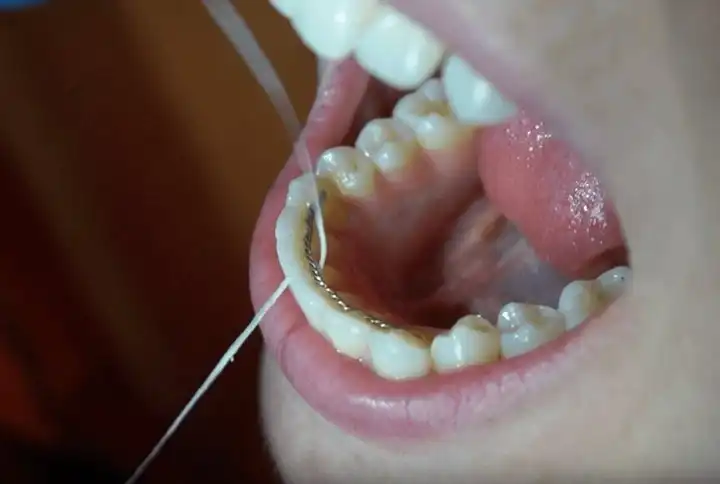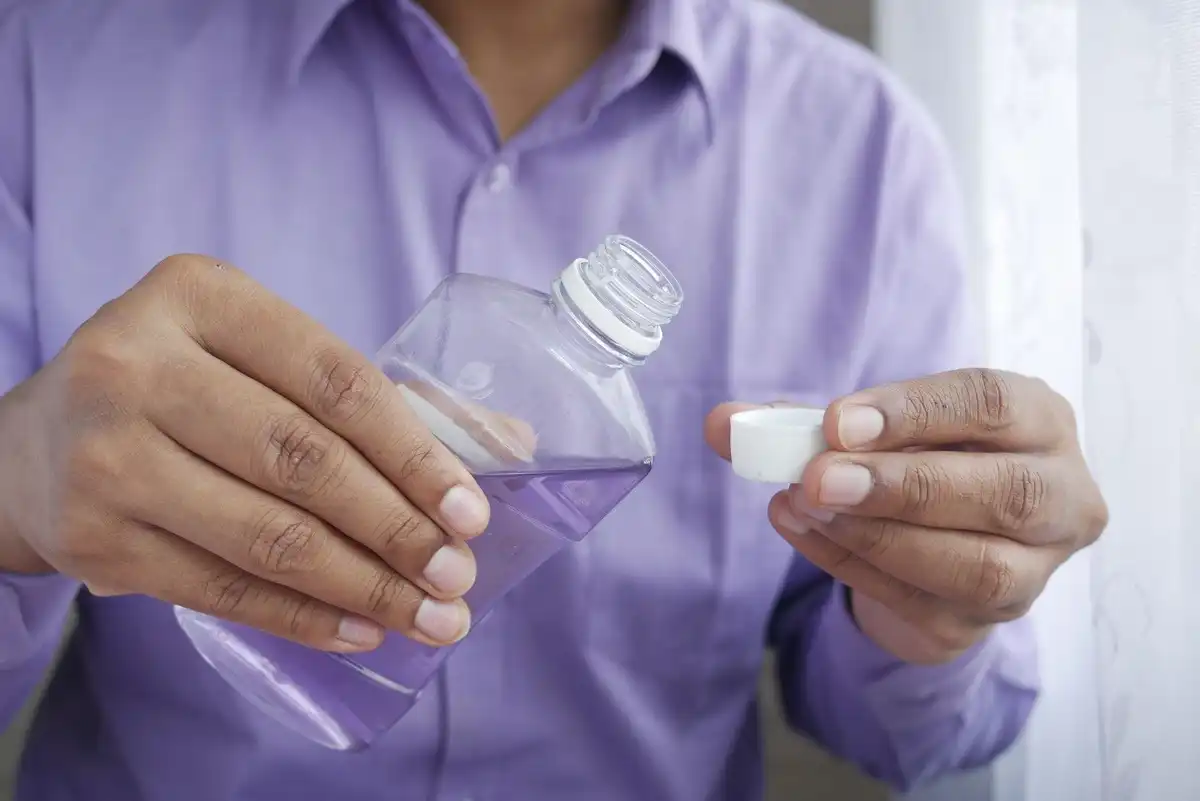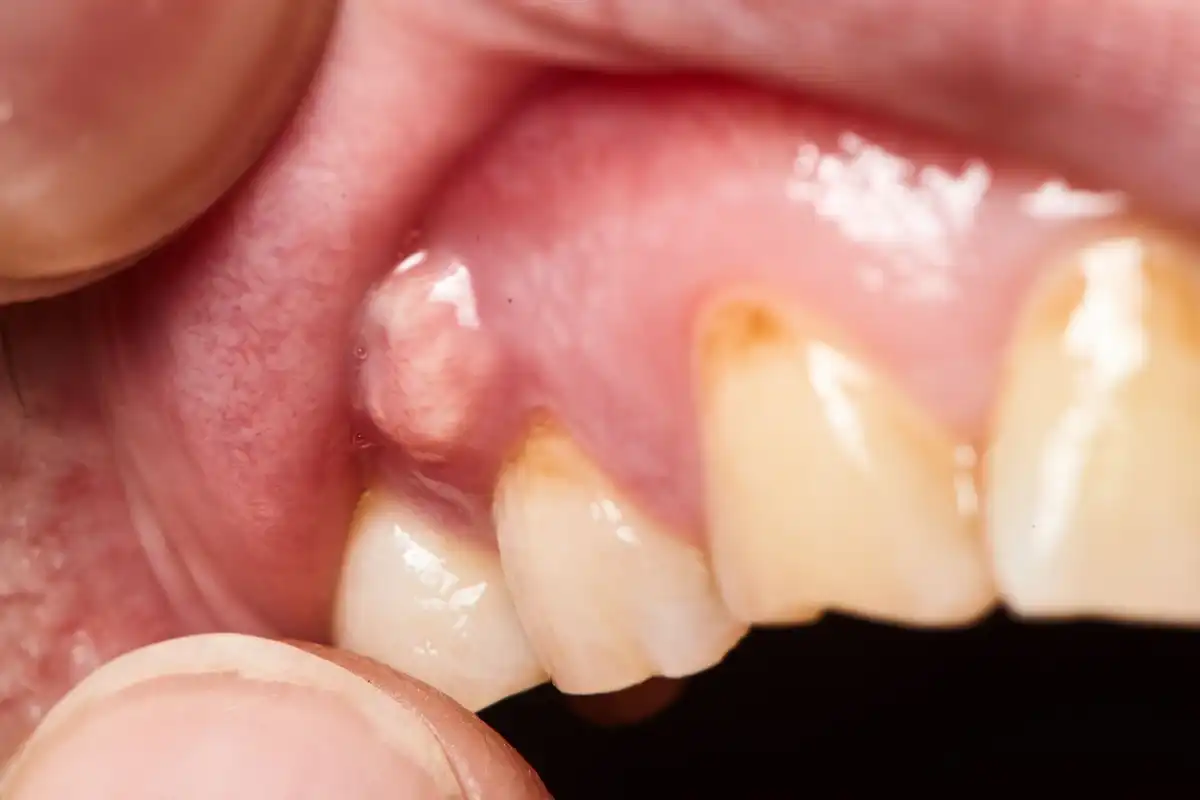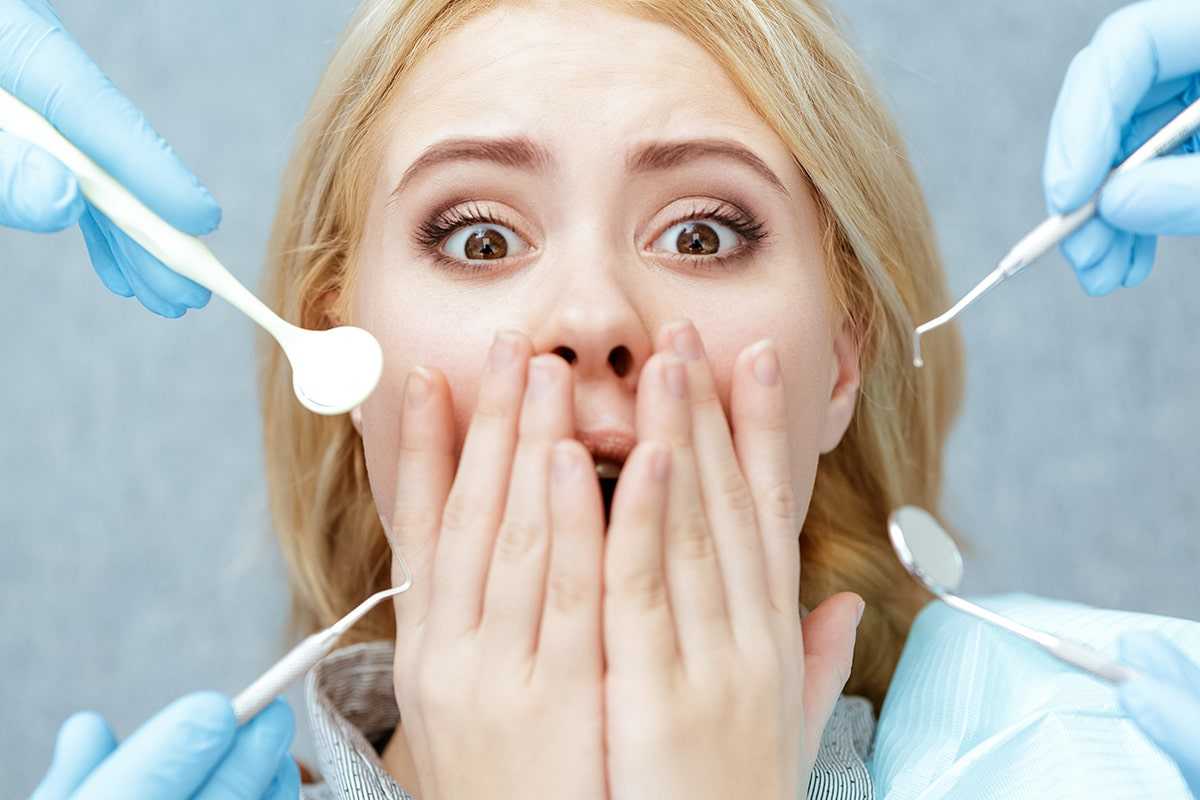Do Toothpaste Tablets Work Better Than Regular Paste?

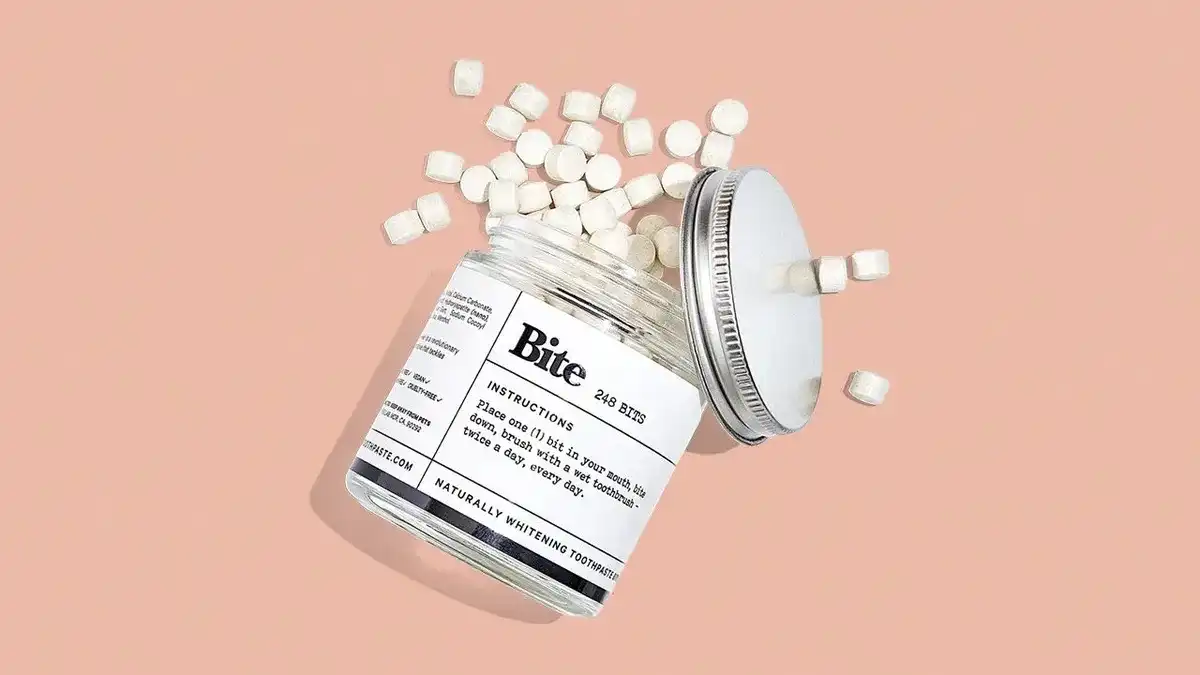
If you love having fresh, clean teeth, you probably get a kick out of hearing about new oral care products as they come out on the market. One popular trend is toothpaste tablets. Instead of coming in a tube, this tablet form toothpaste reduces plastic waste by coming bulk packaged in a recyclable jar or pouch. Simply open your toothpaste pills, take one out, and you’re good to go. They’re super convenient for traveling, and plastic free too!
What are Toothpaste Tabs?
Toothpaste tabs are compressed powder capsules that you chew and then brush around your teeth with a toothbrush. They contain ingredients like xylitol, sodium bicarbonate (baking soda), hydroxyapatite crystals (for tooth enamel remineralization), essential oils, calcium carbonate, and various other additives depending on the brand. However, not all of them contain fluoride because of the way the FDA regulates fluoride-containing oral products.
A lot of toothpaste tablets thrive on being “all-natural” and free of things like parabens, sulfates, or vegan ingredients.
If you're looking to purchase your first toothpaste tablets, Bite toothpaste bits are a foolproof option. You can find the 6 best toothpaste tablets here.
Do Toothpaste Tablets Work Better Than Traditional Toothpaste?
On the other hand, you’ll probably find that you’re brushing better with the tablet toothpaste because you have to put a little more effort into chewing it up and moving it around your mouth. You have to sort of swish it up with your saliva to work it into a paste.
If you’re not using tablet toothpaste that contains fluoride, you’re not getting the anti-cavity benefits of this important mineral. Fluoride helps combat tooth decay, manage sensitivity, remineralize tooth enamel, and even fight off gingivitis.
Toothpaste tablets definitely have their benefits, though. They tend to be less messy, reduce household waste, and are extremely portable.
What’s The Point Of Toothpaste?
But toothpaste takes things to the next level. First of all, most of them contain some sort of mint flavoring, which helps your mouth feel fresher and your breath smell better.
And then there’s the fact that you can use toothpaste to apply fluoride directly onto your tooth to help remineralize, prevent tooth decay and protect weak, sensitive surfaces. This aspect alone makes fluoride toothpaste essential for total cavity protection!
Today, there are all sorts of blends of toothpaste for every oral dilemma imaginable. From sensitive teeth to gum disease to whitening, the ingredients are carefully formulated for total best results when you use the toothpaste daily.
How To Use Toothpaste Tabs
If you plan on giving tablet toothpaste a try, here’s what you need to do:
First:
- Place the toothpaste tablet in your mouth
- Chew the tablet to mix it with your saliva until it forms a paste
- Use a wet toothbrush and start brushing where most of the tablet toothpaste is
You might find that it takes a time or two to get used to using the tablet toothpaste, especially if you’re used to regular gels or pastes that come in a tube.
Then brush like normal, as you:
- Use a soft or extra-soft bristled brush
- Angle your toothbrush toward your gums
- Apply slight amounts of pressure, but nothing too heavy
- Make short, back-and-forth strokes on one or two teeth
- Double-check that you’re also brushing the gumlines
- Move to the next two teeth and repeat the process
- Clean inside and outside of all teeth
- Brush all chewing surfaces
- Brush for a minimum of two minutes, twice a day
For best results, spit, but do NOT rinse the toothpaste out of your mouth. That way, anti-cavity fluoride ingredients can stay on your teeth for an added level of protection.
Remember, brushing is only half of the job. You still need to go back and floss between all of your teeth to remove the other bacterial deposits in your mouth. Make sure you’re cleaning just below the edges of your gums, where plaque tends to hide out.
Regardless of whether you use regular toothpaste or toothpaste tablets, even if you’re brushing every day, you still need to see your dentist and hygienist for regular checkups. Cavities and gum disease can form in hard-to-reach places, which is why preventative care checkups every six months are crucial to healthy teeth. No toothpaste—no matter how good it sounds—is a magic bullet for permanently healthy teeth.
Get Toothpaste Tablets With Fluoride
If there’s just one takeaway you get from reading this today, I hope it’s this: use toothpaste tablets that have fluoride in it. A lot of them do not.
Since many toothpaste pills are “all-natural,” many of them purposely leave fluoride out of their products. But fluoride in and of itself is a natural ingredient since it’s a normal mineral found in many food sources, just like calcium.
It’s worth noting that companies require special oversite by the FDA before they add fluoride into their oral care products. As such, some toothpaste tablet manufacturers may want to avoid using fluoride altogether.
Toothpaste Tablets To Avoid
Could some types of toothpaste tablets be bad for your teeth? Yes, if they’re physically abrasive.
For example, steer clear of toothpaste tablets made with charcoal. Yes, it might make your teeth look whiter at first, but the abrasive nature of charcoal can scratch and erode your enamel over time (making teeth darker, weaker, and more sensitive.)
Talk With Your Dentist
Your dentist and dental hygienist are the best people to talk to when you’re considering switching to a new type of toothpaste or going with tablet toothpaste altogether. They often have samples in their office, have met with product representatives about what makes their brands different, and even have training on how the ingredients work inside your mouth. They’re a walking encyclopedia when it comes to understanding the ins and outs of the products you put in your mouth for health purposes.
Overview
Toothpaste tablets help prevent cavities, reduce waste, are environmentally friendly, less messy, and easy to travel with. But not all tablet toothpaste contains fluoride, which is essential for strong, healthy teeth and gums. Be sure to read the label of your toothpaste pills to check that fluoride or hydroxyapatite are included. And bottom line, brush for a minimum of two minutes twice daily across all tooth surfaces. Without a great brushing routine, it won’t matter which type of toothpaste or toothpaste tablets you’re using!
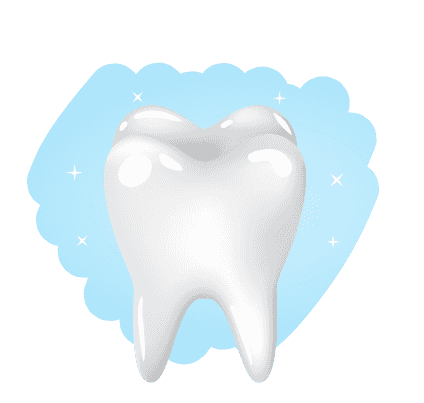
Make your inbox smile!
Subscribe


